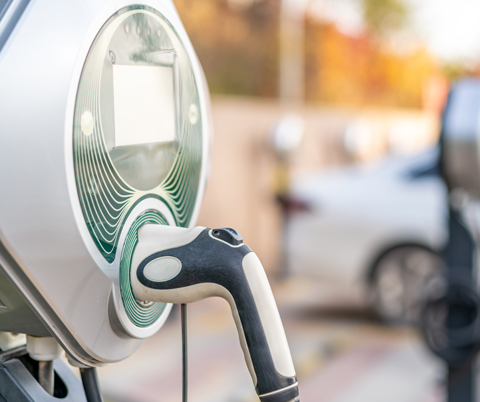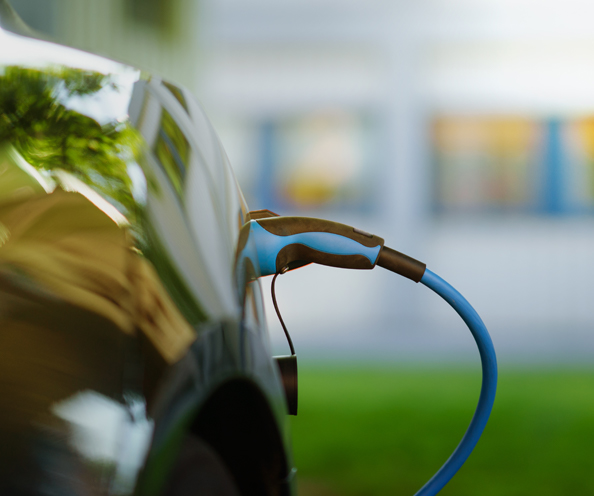Electric car maintenance – not all that different
Lower fuel costs
Periodic check-ups
But what about the actual maintenance? What periodic maintenance does an electric car need?
Well, it’s not really that different, when compared to a gas-powered car. While your new electric vehicle may not have a combustion engine, with hundreds of moving parts inside needing lubrication, it still is a mechanical being. As such, it will suffer the same ailments as its gas-powered grandfathers. The most obvious point, when discussing electric car maintenance cost is that you can forget about regularly changing its engine oil, oil and fuel filters, engine air filter, or occasionally – exhaust parts or spark plugs. So, what maintenance does an electric car need?
Surprisingly, it might actually need some oil. But not the regular engine oil that gas-powered cars use. Most electric cars use direct drive, or a multi-speed transmission to transfer the engine power to their wheels. Those transmission systems might need lubricating, but the maintenance schedule for them will differ from manufacturer to manufacturer.
It needs to stop when you need it to.
As with a gas car, you want to have your brakes up to peak performance at all times. This means inspecting and occasionally changing your brake pads, brake discs or drums. In most electric cars, some of the braking is made by the electric engine trying to get back as much energy as it can, before the actual brakes kick in resulting in longer brake life.. Also, when compared with a gas car, an electric vehicle carries less weight – dumping the engine, exhaust and fuel tank means the car is lighter, and the brakes have less work to do. This is however compensated by the battery that electric cars have to carry around. The differences between how much a battery weighs vs how much an engine and a fuel tank in the same model would weigh may be different from car to car. But the rule of thumb is – with electric vs gas car brake system maintenance – the electrics might need your attention a little bit less.
Bumpy road up ahead!
Keep the juices flowing
But what about the very heart of the electric vehicle? Do battery powered cars need more maintenance just because they are battery powered? Most electric vehicles use cooling systems to keep their electronics and the battery itself at reasonable temperature levels. You will have to change or refill that coolant. Some cars even have special air-flow ducts that help the batteries operate at their preferred temperature levels. All user maintenance you need to do is to make sure those ducts are not clogged and the air can pass through freely.
Other electric car maintenance does not differ from a gas-powered ar. Just as with a regular gas gurgler, you need to change your tires, wiper blades, perform some anti-corrosive baths twice a year, occasionally polish a headlight or do some paint buffing.

